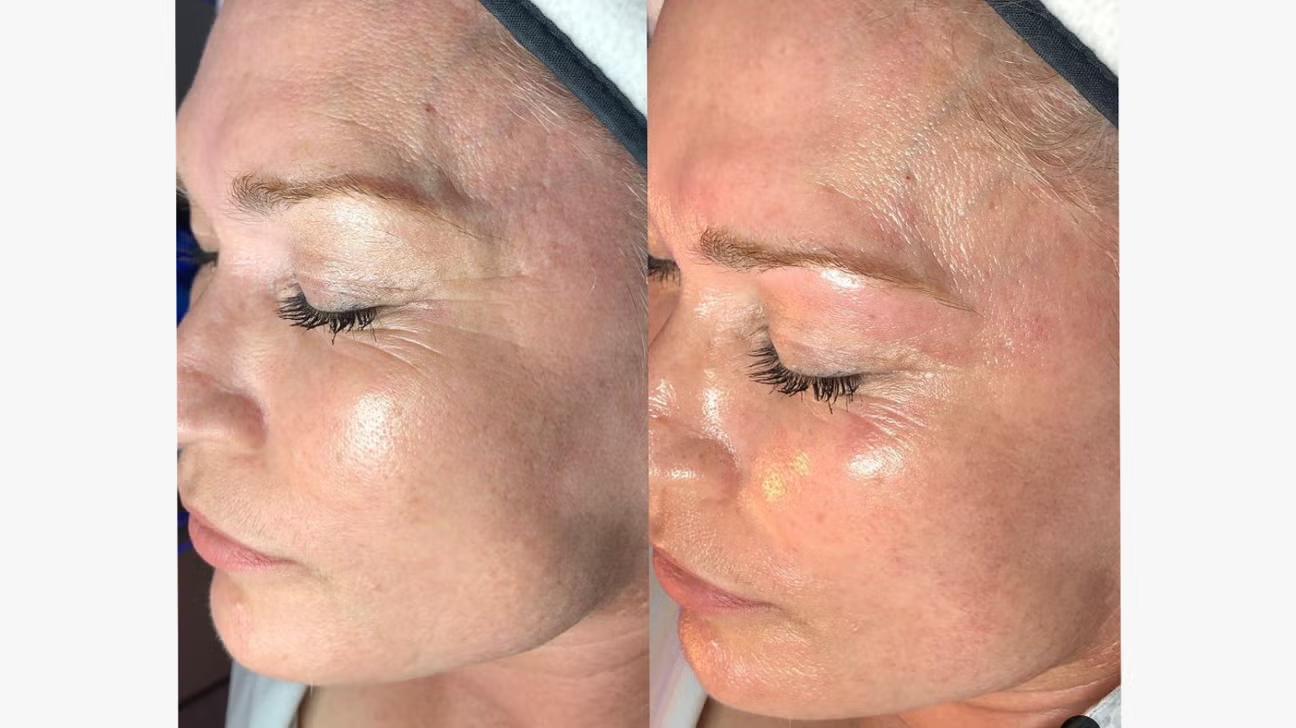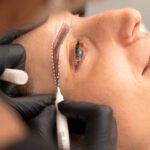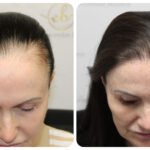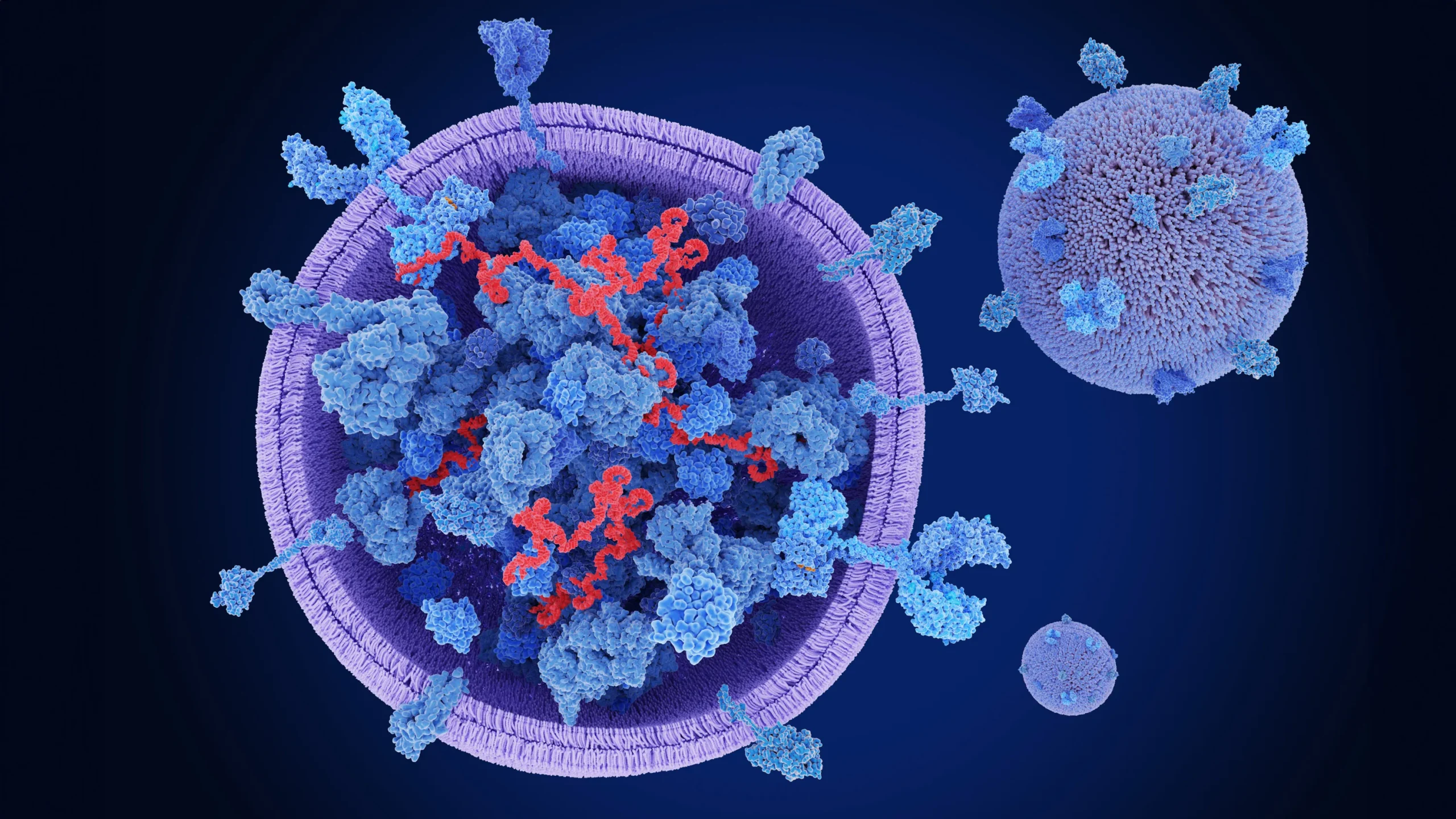Summary: Hydrafacial treatments offer a range of skin benefits, but like all skin procedures, they come with certain side effects. This article will guide you through common side effects, expert insights on how to manage them, and post-treatment care tips.Hydrafacial Treatment Side Effects and Benefits? By understanding what to expect, you can minimize risks and …
Summary:
Hydrafacial treatments offer a range of skin benefits, but like all skin procedures, they come with certain side effects. This article will guide you through common side effects, expert insights on how to manage them, and post-treatment care tips.Hydrafacial Treatment Side Effects and Benefits? By understanding what to expect, you can minimize risks and enjoy glowing, healthy skin.
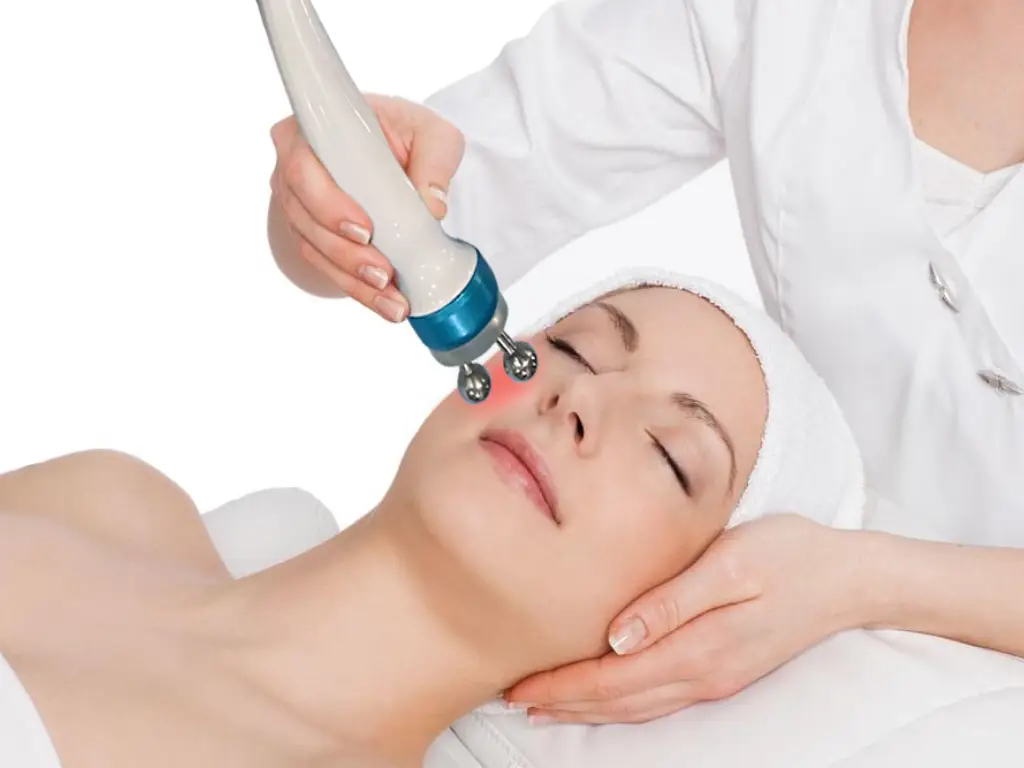
Table of Contents
Introduction
If you’re considering a Hydrafacial treatment, you may be wondering about the potential side effects. While this popular skincare treatment promises smoother, more radiant skin, understanding the possible risks and how to manage them is key to a successful experience. In this article, we’ll cover the common side effects of Hydrafacial, tips to minimize these effects, and expert recommendations for aftercare. This guide will help ensure that you can enjoy all the benefits without worrying about any unexpected reactions.
What is Hydrafacial?
Hydrafacial is a non-invasive facial treatment that cleanses, exfoliates, and hydrates the skin using a specialized machine. This treatment is known for its ability to provide immediate, noticeable results with no downtime. It’s suitable for all skin types and addresses various skin concerns, such as fine lines, acne, and uneven skin tone.
The Step-by-Step Process of Hydrafacial
Hydrafacial involves three key steps:
- Cleansing & Exfoliating: Removes dead skin cells to reveal smoother skin.
- Acid Peel: A mild chemical peel is applied to further exfoliate and improve skin texture.
- Extraction & Hydration: Pore impurities are vacuumed out, and skin is hydrated with serums tailored to your skin’s needs.
How Hydrafacial Works for Skin Rejuvenation
The treatment uses patented vortex technology to remove dirt, oil, and debris from the pores while infusing the skin with nourishing antioxidants, peptides, and hyaluronic acid. It helps to restore the skin’s natural moisture and reduce the appearance of fine lines, hyperpigmentation, and acne scars.
Key Benefits of Getting a Hydrafacial Treatment
- Instant Glow: Your skin will look fresher and more radiant right after the treatment.
- Non-Invasive: There’s no need for needles or incisions.
- Customized for Your Skin: The treatment can be tailored to specific skin concerns, from dryness to acne.
Common Hydrafacial Treatment Side Effects
While Hydrafacial is generally considered safe, some mild side effects can occur, especially if you have sensitive skin. Understanding these effects will help you better manage your expectations.
Mild Redness and Sensitivity
A common side effect of Hydrafacial is temporary redness and sensitivity. This typically resolves within a few hours. It happens because the skin is being exfoliated and treated with chemical peels, which can cause irritation.
Temporary Dryness or Tightness
Some people may experience dryness or tightness in the skin post-treatment. This can be alleviated by using gentle moisturizers and avoiding harsh skincare products for a few days.
Swelling or Puffiness
After the treatment, some swelling or puffiness around the face or eyes is common. This typically subsides within 24-48 hours. If swelling persists, it’s best to consult your dermatologist.
Breakouts or Acne
While rare, some people experience acne breakouts after a Hydrafacial. This is due to the extraction process, which can push impurities to the surface. These breakouts are generally short-lived and should clear up within a few days.
Less Common Hydrafacial Side Effects
Though uncommon, there are a few more serious side effects to be aware of when considering Hydrafacial treatment.
Skin Irritation or Rash
In some cases, a rash or skin irritation can occur due to sensitivity to the ingredients in the treatment. If you notice a rash, contact your provider for advice on managing this reaction.
Allergic Reactions to Serums or Products Used
Certain serums or products used during the Hydrafacial may cause an allergic reaction. Symptoms can include itching, redness, or swelling. Always ensure that a patch test is done before treatment if you have sensitive skin.
Dark Spots or Hyperpigmentation (Rare)
While Hydrafacial is generally safe for all skin types, there is a small risk of hyperpigmentation in individuals with darker skin tones, especially if the skin is overly sensitive to the treatment. It’s crucial to avoid sun exposure for a few days following treatment to prevent this side effect.
How to Avoid Hydrafacial Side Effects
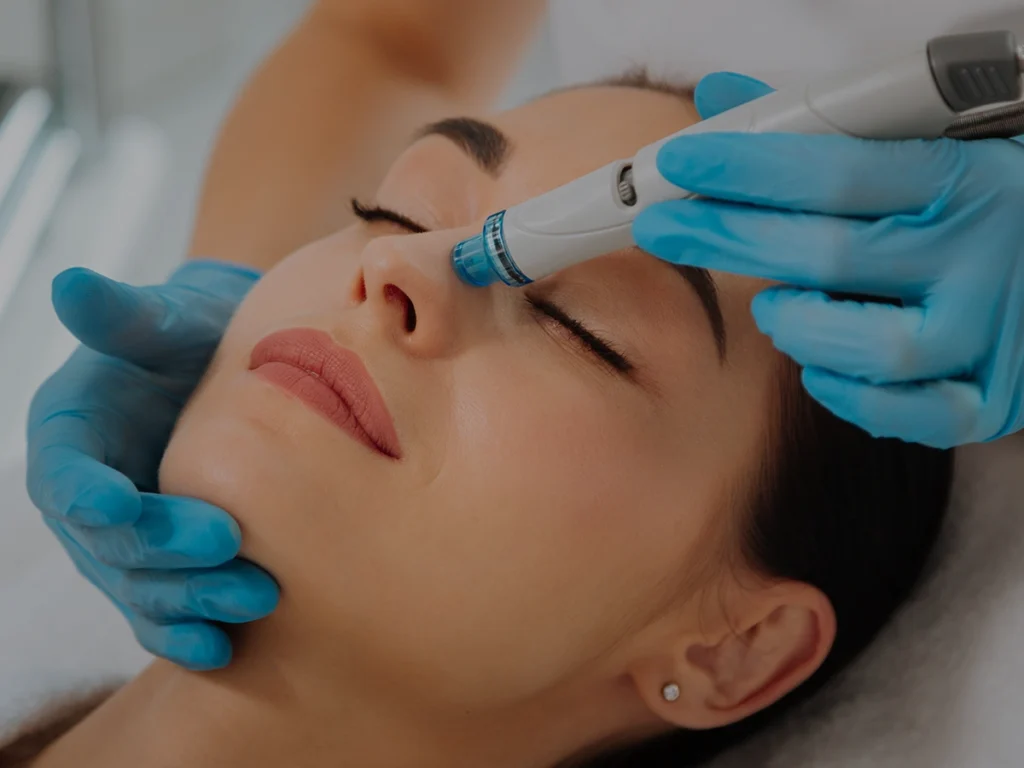
The good news is that many side effects can be minimized or prevented with a few simple steps.
Consult a Dermatologist or Skincare Expert
Before undergoing a Hydrafacial, it’s essential to consult a professional to assess your skin’s needs. They can help tailor the treatment to your skin type and avoid any products that might cause irritation.
Patch Testing for Product Sensitivities
Always ask for a patch test before your Hydrafacial to ensure that your skin won’t react negatively to any of the ingredients used. This will help avoid allergic reactions and irritation.
Pre-Treatment and Post-Treatment Guidelines
- Pre-Treatment: Avoid exfoliating products and sun exposure for 48 hours before your treatment.
- Post-Treatment: Use soothing products, stay out of direct sunlight, and avoid makeup for at least 24 hours.
Expert Insights on Hydrafacial Treatment Safety
Hydrafacial is a popular treatment, but how can you ensure the safest, most effective results? Experts in the field share valuable advice.
\
What to Do if You Experience Side Effects
If you experience side effects like swelling or redness, experts recommend applying a cold compress and using hydrating products. If symptoms persist, always consult your dermatologist.
Success Stories: Real-Life Experiences with Hydrafacial
Patients often share glowing reviews after their Hydrafacial treatments, with many noticing visible improvements in their skin texture, tone, and overall appearance. These real-life experiences highlight how safe and effective Hydrafacial can be when done correctly.
How Long Does it Take to Recover from Hydrafacial?
Safe Recovery Timeline
Recovery from Hydrafacial is quick, with most patients returning to their normal routine immediately after treatment. Mild redness or irritation may persist for a few hours but should subside within 1-2 days.
How Long Should You Avoid Makeup or Sun Exposure?
Experts recommend waiting at least 24 hours before applying makeup to avoid irritation. As for sun exposure, avoid direct sunlight for 2-3 days to protect your freshly treated skin.
Exercise Guidelines During Recovery
While light exercise is okay, it’s best to avoid strenuous workouts for the first 24-48 hours to allow the skin to recover.
Frequently Asked Questions
Are Hydrafacials Safe for All Skin Types?
Yes, Hydrafacials are generally safe for all skin types. However, individuals with extremely sensitive skin or active skin conditions should consult a dermatologist before the treatment.
Can You Get Hydrafacial While Pregnant?
Hydrafacial is considered safe during pregnancy, but it’s always best to check with your doctor first to ensure it’s the right choice for you.
How Often Should You Get a Hydrafacial Treatment?
Most people can benefit from Hydrafacials every 4-6 weeks. However, those with specific skin concerns may need more frequent treatments.
Is Hydrafacial Better Than Other Skin Treatments?
Hydrafacial offers immediate results with no downtime, making it superior for those looking for quick skin rejuvenation compared to treatments like chemical peels or microneedling.
Conclusion: Is Hydrafacial Right for You?
Hydrafacial can be a fantastic treatment for anyone looking to rejuvenate their skin with minimal risk and downtime. Understanding the potential side effects and following proper aftercare can ensure a smooth, effective experience.
Ready to achieve glowing, healthier skin? Book a consultation with Dr. Uzma Irfan today and find out how Hydrafacial can work for you.

